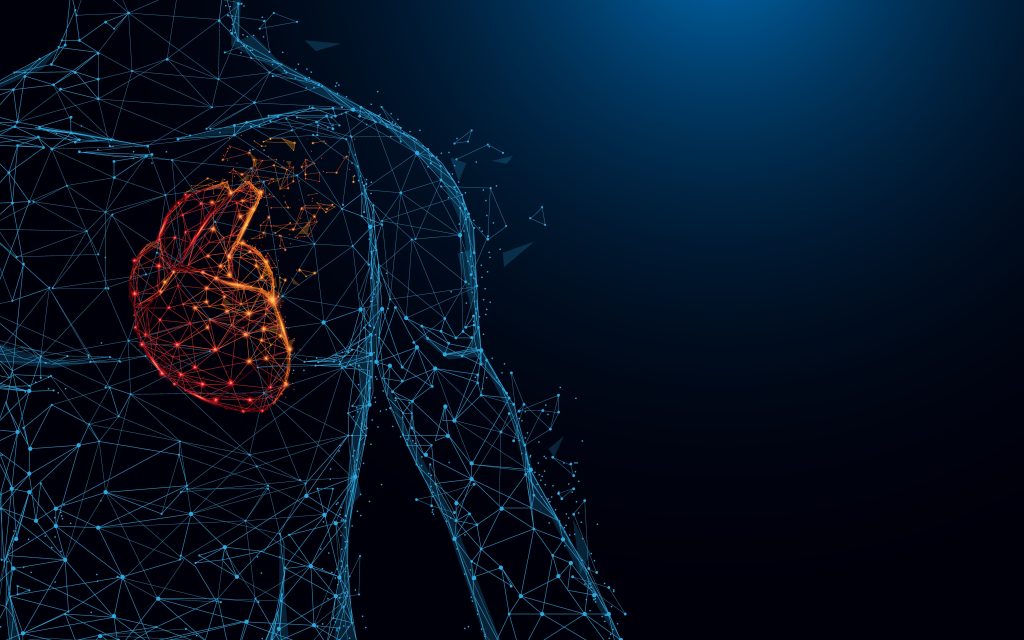Understanding Heart Transplantation

Heart transplantation is one of the most successful advances in modern medicine. A fascinating aspect is that heart transplantation is the product of research, surgical technique, and medical forethought that have come together to allow its occurrence as a regular procedure saving countless lives.
The Basics of Heart Transplantation
Heart transplantation is the replacement of a failing heart with a healthy heart from a suitable donor. It is an operation usually reserved for people with a poor condition of their heart which hasn’t improved with medications or other therapies.
The number of people in need of heart transplantation far exceeds the number of available donor organs. Because of that, there is a waitlist for receiving a donor heart, and a multidisciplinary team of healthcare providers put a patient on this waiting list only after determining that a transplant would be the best course of action. Patients should undergo a rigorous assessment and be cleared for transplantation as those in poor overall health might not be able to survive the operation and post-operative period.
Reasons for Heart Transplantation
Heart disease is the leading cause of death worldwide and heart transplantation might be needed for various reasons. The most common reason is severe heart failure, a condition in which the heart fails to pump blood effectively through the body. If severe heart failure is diagnosed and other therapies are exhausted, then the patient might be put on a transplant waiting list in the hopes of receiving a heart transplantation before the underlying condition leads to death. Other reasons are heart problems people are born with (congenital heart disease), or dangerous recurrent abnormal heart rhythms (arrhythmias) not controlled by other treatments.
Outcomes and Risks of Heart Transplantation
Survival and functional status after heart transplantation are generally excellent. Patients are usually able to return to work, regardless of their profession. The 1-year survival is almost 90%, and the mean survival for donor heart recipients is 13 years.
As with any type of surgery, however, there are certain risks which include the following:
- Bleeding
- Infection
- Breathing problems
- Kidney failure
- Rejection of the donor heart
- Death
Patients are closely and regularly monitored following heart transplantation as there is the risk that the recipient’s body rejects the donor heart. The immune system is set up to see any foreign object as a threat and attack it and this also the case with a donor organ which comes from another person. Anti-rejection medications have revolutionized the field of heart transplantation and currently available prescription medications provide a good chance that the donor organ will be accepted. There are side effects to these medications, however, including the following:
- Infections that might occasionally be severe
- Cancer
- Kidney failure
Non-compliance with the recommended medication and monitoring plan will increase the chance that the donor heart is rejected. As such, patients undergoing heart transplantation should closely follow their doctors’ orders.
How a Heart Transplant is Performed
The first step to heart transplantation is the identification of a suitable donor heart. After that, the donor organ is procured and transported to the recipient’s hospital where the heart transplant will take place. The surgery is an open-heart procedure that takes several hours.
First, medications that put the patient to sleep (anesthesia) are given. Then the chest wall is cleaned and possibly shaved, and the surgeon makes an incision in the chest.
The chest bone is cut and separated, and the rib cage is opened so that the surgeon can operate on the heart. Tubes are put into the chest vessels to pump oxygen-rich blood through the body (heart-lung bypass machine) while the transplant is being performed. The diseased heart is removed, typically leaving a portion of the left atrium intact, and the donor’s heart is sewed into place. Then, the surgeon will attach the major blood vessels—including the aorta, pulmonary artery, and atria—to the donor heart and ensure there is no leakage.
The donor heart often starts beating once blood flow is restored. Sometimes the donor heart is given an electrical shock to make it beat properly. Then, the team will watch the donor heart closely to ensure that it is working properly. Finally, the surgeon will rejoin the chest bone with small wires and sew the skin back together. Tubes will be inserted in the chest to drain blood and fluids and a sterile bandage will remain in place until the wound is fully healed. Medications are given to help with pain control, and a ventilator is used to help with breathing. Fluids and medications are given via intravenous tubes.
The patient usually stays for a few days in the intensive care unit (ICU) and is then moved to a regular hospital room. Most times, patients remain in the hospital for a week or two, but the time spent in the ICU and in the hospital in general can vary.
Conclusion
Heart transplantation is a successful treatment option for patients suffering severe heart disease. It has been made possible after years of experimentation in the lab and bedside, and has become a standard, first line therapy option saving the lives of countless people. What is certain, is that more innovations and advances lie ahead to make this therapy even more successful and applicable to more and more patients. Heart transplants will continue to get better and more successful with further advances in cardiovascular research.
Next Frontier – CVRTI Research
CVRTI Investigators are not just performing heart transplants and taking care of patients before and after they receive their transplant, but are advancing science to also recover failing hearts , understand the science of what makes hearts fail (Chaudhuri, Drakos, Dosdall, Franklin, Hoareau, Hong, Palatinus, Ranjan, Shaw) , and developing novel gene therapies to treat patients with heart failure (Dosdall, Hoareau, Hong, Palatinus, Shaw) . Each heart transplant is a medical miracle yet CVRTI Investigators are advancing the field towards an ultimate goal of patients never needing a replacement heart to survive.
Frequently Asked Questions
How are donor hearts matched to recipients?
The success of a heart transplant depends heavily on finding a compatible donor heart. Several factors are crucial in determining compatibility between donor and recipient. Blood type must match to prevent immediate rejection. Body size is also important as the donor heart needs to fit properly in the recipient’s chest cavity.
Additionally, tissue typing (HLA typing) is performed to assess how closely the donor’s and recipient’s tissues match at a cellular level. The closer the match on these factors, the lower the risk of rejection. Because finding a suitable match can take time and depends on organ availability, patients are placed on a waiting list and must be ready to proceed with surgery on short notice when a compatible donor heart becomes available.
What happens to the heart-lung bypass machine during the surgery?
During a heart transplant, the heart-lung bypass machine is often used to keep the patient alive while the heart is being replaced. This machine takes over the function of both the heart and lungs, circulating oxygen-rich blood throughout the body.
Once the donor heart is sewn into place and the major blood vessels are connected, blood flow is restored to the new heart. The donor heart often begins beating on its own at this point, though sometimes an electrical shock is needed to help it start beating properly. The surgical team monitors the new heart closely to ensure it is functioning correctly and pumping blood effectively.
Once they are satisfied with the heart’s performance, the patient is gradually weaned off the heart-lung bypass machine as the new heart takes over full responsibility for circulation. This transition is a critical moment in the surgery, marking the point where the donor heart assumes its life-sustaining role.
How is a donor heart obtained and prepared for transplant?
A donor heart comes from a person who has been declared brain dead but whose heart is still functioning with medical support. Once a potential donor is identified, the organ procurement organization works quickly to match the donor heart with compatible recipients on the waiting list.
Time is of the essence because a donor heart remains viable for only a limited time outside the body. The donor heart is carefully removed, preserved in a special solution, and transported to the recipient’s hospital where the transplant will take place. During removal, surgeons take care to preserve certain structures that will be needed for the transplant. For instance, a portion of the left atrium is typically left intact in the recipient so that the donor heart can be properly connected.
The major blood vessels—including the aorta, pulmonary artery, and the atria—must all be precisely attached to ensure proper blood flow. This meticulous preparation and connection process is what allows the donor heart to function effectively in its new recipient.


